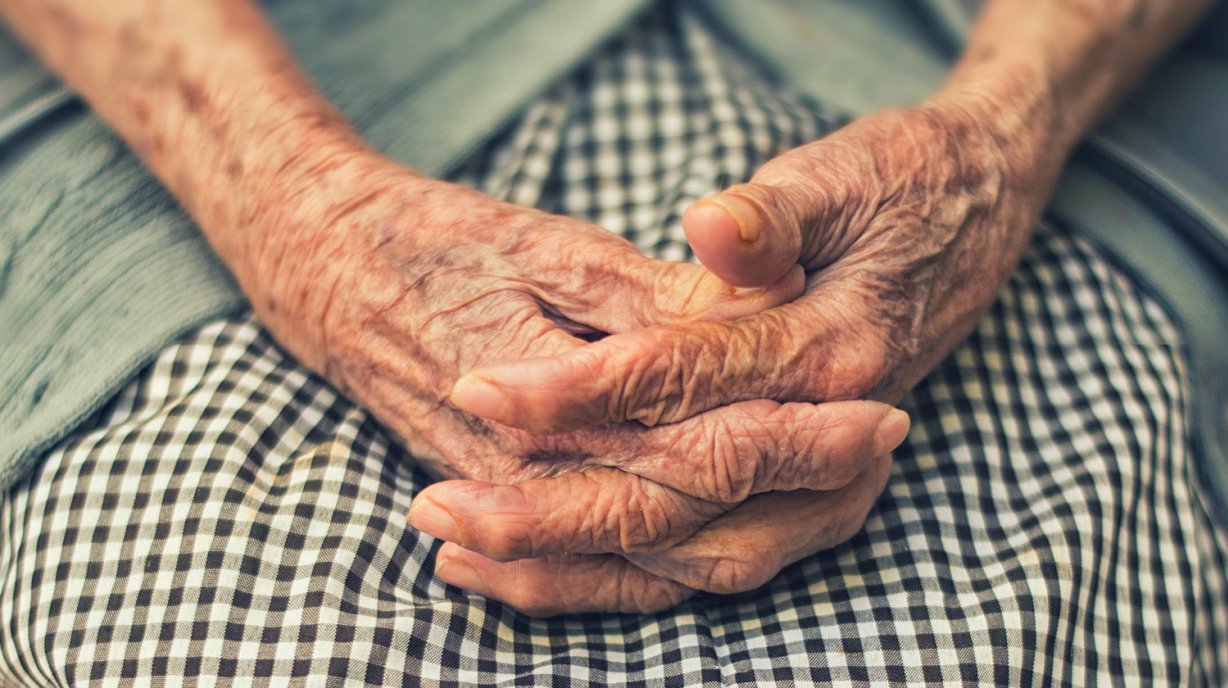Is there excess mortality in European retirement homes? Yes, says a recent study by economic researchers. This grim finding calls into question the institutional quality of these establishments, and reveals disparities between countries.
The Covid-19 crisis has turned the spotlight on nursing homes, which have been hard hit by the pandemic. In Europe, a higher-than-normal mortality rate was observed in these establishments, pointing the finger at the vulnerability of systems for caring for our elders.
In a study published in January 2023, economic researchers Xavier Flawinne, Mathieu Lefebvre, Sergio Perelman, Pierre Pestieau and Jérôme Schoenmaeckers sought to determine whether the excess mortality observed in care facilities for the elderly pre-existed the health crisis, but also to put the situations observed in different European countries into perspective.
Is there a causal link between mortality rates and where elderly people live? If the link is proven, then the underlying mechanisms need to be determined, and the quality of care provided in retirement homes called into question. This issue is similar to the one that shook France in early 2022, following revelations of mistreatment, even maltreatment, suffered by EHPAD residents.
Aging Europe
The "Old Continent" has never been more aptly named. As a result of rising life expectancy and falling birth rates, Europe has one of the world's oldest populations. According to Eurostat projections, the proportion of the population over 65, currently 21%, could rise to 30% by 2050. As a direct consequence of this trend, the number of dependent people is steadily increasing, driving up demand for long-term care.
In response to this gray wave, retirement homes and their medicalized variants, EHPADs, are proliferating all over the continent. In Europe today, 6.5% of people over 65 in a situation of dependency are concerned by this type of accommodation1. However, the decision to move into a retirement home is partly determined by socio-economic, medical and family factors. People in couples or with at least one child, especially a daughter, are less likely to live in a nursing home. As are the more educated and affluent.
- 1A. Börsch-Supan, M. Brandt, C. Hunkler, T. Kneip, J. Korbmacher, F. Malter, B. Schaan, S. Stuck, S. Zuber, 2013. "Data Resource Profile : The Survey of Health, Ageing and Retirement in Europe (SHARE) ". International Journal of Epidemiology, 42(4), 992‑1001.
Regional disparities
The choice of whether or not to enter a retirement home also seems to depend on geographical factors. In fact, the proportion of elderly people living in retirement homes varies greatly from country to country and region to region. The rate is highest in Northern and Central European countries: 6.7% in France, 11.6% in Belgium and over 16% in Luxembourg and Denmark. Conversely, southern European countries seem less inclined towards this type of facility: only 1.8% and 4.4% of the elderly are in this situation, in Italy and Spain respectively.
These disparities within the European continent are the result of very different cultural norms and policies regarding the treatment of seniors 2. In southern European countries, the family spirit is very strong, and families are often responsible for caring for their elders. Help for the elderly is therefore less institutionalized and more informal. In central and northern Europe, on the other hand, care for the elderly is seen more as a government responsibility, and is therefore delegated to specialized institutions.
- 2K. Bolin, B. Lindgren, P.Lundborg,2008. "Informal and formal care among single-living elderly in Europe ". Health Economics, 17(3), 393-409
Excess mortality in care facilities
To assess the causal link between mortality rates and the place of residence of the elderly, the researchers based their study on a group of individuals with similar characteristics (age, gender, degree of dependency, state of health, etc.), in order to avoid any bias that would compromise the result. In so doing, they came to the following conclusion: people living in retirement homes have a 10.7% greater chance of dying earlier than those living at home.
Yet once again, this finding varies considerably from country to country. Over-mortality in retirement homes is more prevalent in Central and Northern European countries. With a rate of 3.9%, France fares well alongside its European neighbours. The excess mortality rate is 9.2% in Belgium, 20.5% in Luxembourg and over 27% in Germany and Switzerland. In the Nordic countries, the average is 11.3%. On the other hand, in the southern European countries of Spain and Italy, there is no correlation between mortality rates and nursing home residency.
Forces at work
These disparities in the mortifying nature of care facilities within the European continent raise a deeper question about the consideration and treatment of the elderly. This situation reflects political and societal choices regarding long-term care that are specific to each country. The result is wide divergences in the quality of institutions dedicated to the elderly, whether in terms of organization, management or financing.
In Central Europe, the countries with the highest excess mortality all have certain characteristics. Firstly, a low level of public spending on old age seems to be associated with high mortality in institutions. The number of people looking after nursing home residents also coincides with lower life expectancy in these establishments. Lastly, excess mortality in retirement homes is positively correlated with the proportion of for-profit facilities, which would seem to be associated with poorer quality of care.
However, no causal link between excess mortality in Northern European nursing homes and the institutional quality of these facilities has been established. Overall, the Nordic countries boast high levels of public spending on long-term care, relatively high staffing levels and low private-sector involvement in the retirement sector.
The countries where no excess mortality is observed - Spain and Italy - are those where the proportion of seniors living in retirement homes is the lowest. That said, this fact cannot be attributed to the characteristics of these establishments, insofar as the countries of Southern Europe spend little in this field, have a low ratio of supervisory staff and a relatively high proportion of the private sector. This paradoxical finding stems from the fact that, as explained above, these are regions where family norms and traditions are deeply rooted. Thus, the high propensity for informal help may compensate for lower institutional quality.

PIcture by Farbkombinat on Adobe Stock
The issue of profit-oriented establishments
As mentioned above, there is a link between the percentage of for-profit establishments and excess mortality within them. Nevertheless, the share of the private sector in the care of the elderly is growing steadily across Europe. In France, in particular, there has been explosive growth in private establishments in recent years, which now account for 22% of senior residences. At the head of these establishments are powerful groups whose profits are exploding. For example, Orpéa, the world's leading for-profit EHPAD company, had forecast sales growth of 9.2% in 2021, reaching 4.285 billion euros. This trend is raising concerns about the quality of care and resident management.
This observation echoes the revelations made by journalist Victor Castanet in January 2022 in his book Les Fossoyeurs (Fayard). In it, the author reveals the underbelly of the Orpéa group and denounces the mistreatment suffered by the residents of these establishments: care and hygiene are neglected, meals and incontinence pads are rationed, and the lack of equipment and personnel are alarming. In general, V. Castanet describes a system where patients are treated as customers, and whose sole ambition is to improve the company's profitability. On April 5, 2022, the government published an investigation report confirming "serious dysfunctions" within the group. "Doubt has no place in this affair", observed Olivier Véran, then Minister of Health. Such treatment conditions corroborate the findings of researchers and the observation of excess mortality within EHPAD
Through their study, the researchers have highlighted the fact that living in a retirement home, rather than at home, increases the probability of dying earlier. Under such conditions, "aging in place" would be the safest option for the elderly. However, excess mortality varies widely across Europe, reflecting very different institutional choices and cultural norms in different geographical areas. In cases where excess mortality in retirement homes is associated with the structure and organization of these facilities, there is room for reform. Finally, we need to monitor the development of the private sector in the field of elderly care, and ensure that this trend is not associated with a lower quality of care.














